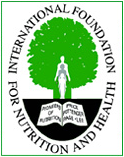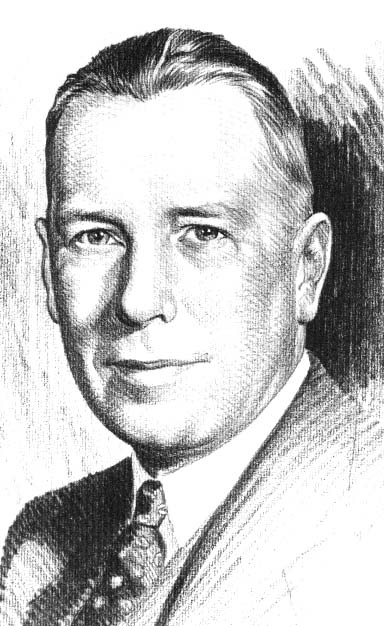Why Catalyn?
Some of you are well aware that my first vitamin concentrate was triggered by a family tragedy when my mother was told she had probably less than three months to live. Her system was so weakened, right after getting the flu in the flu epidemic of 1928-29. I created a vitamin concentrate for her using whole foods. I later called it Catalyn. I’m happy to say that she is enjoying a vibrant healthy life at this point almost 10 years later.
According to the Gould’s Medical Dictionary, 1935 edition, a vitamin is: “substance belonging to a group of organic bases of unknown compositions, which is present in small quantities in food, and is necessary for the normal processes of metabolism.”
So today, it would seem it has become a fact that the existence and need for various vitamins only becomes apparent because of the development of certain diseases in humans and animals. These deficiencies become apparent and accepted when humans or animals receive a limited diet, creating these diseases in a clinical setting.
Therefore, you would think the philosophy that food has a therapeutic value would be self-evident, thus the existence of a vitamin can be proven by its physiological action as a whole food principle with good health.
Now chemists have claimed to have isolated certain vitamins by manufacturing synthetic forms of chemical matter. I believe the present state of science is not sufficiently advanced for us to accept these artificial products without further knowledge and awareness of their properties. These same scientists won’t guarantee these vitamins can offer the variety of minerals and vitamins found working together in whole foods grown in our garden. This fact will become more apparent as we discuss the separate vitamins.
Most vitamin research today is done by the pharmaceutical companies with one aim; to determine the chemical structure of a vitamin, with the only objective to reproduce a synthetically isolated vitamin cheaply. These same chemists turn a blind eye to the creation of natural vitamins in food and their relationship to health.
My work, on the contrary, with Catalyn has been aimed at locating natural food products high in the content of a desired vitamin or mineral. With this objective in mind, we have looked for methods of increasing the concentration of the desired vitamin or mineral to a point of getting a product of sufficient merit for the effective use in treating deficiency diseases and maintaining good health.
It is advisable here to distinguish between a natural vitamin concentrate and a synthetic isolate called a vitamin. To isolate a vitamin means to carry the concentration to a point that the product is chemically pure. Very few, if any, of the natural variety of food based vitamins can be isolated to the point of being chemically pure but all have been concentrated to varying degrees by nature.
The real problem for vitamin isolates is that chemical processing deprives the isolate of the added cofactors that gives a natural vitamin its potency. For example, vitamin B complex in its natural state is found in bran. Synthetically manufactured vitamin B complex in an isolated form is derived from coal tar, which to my knowledge humans have never consumed or found any health benefits from.


Comments are closed.